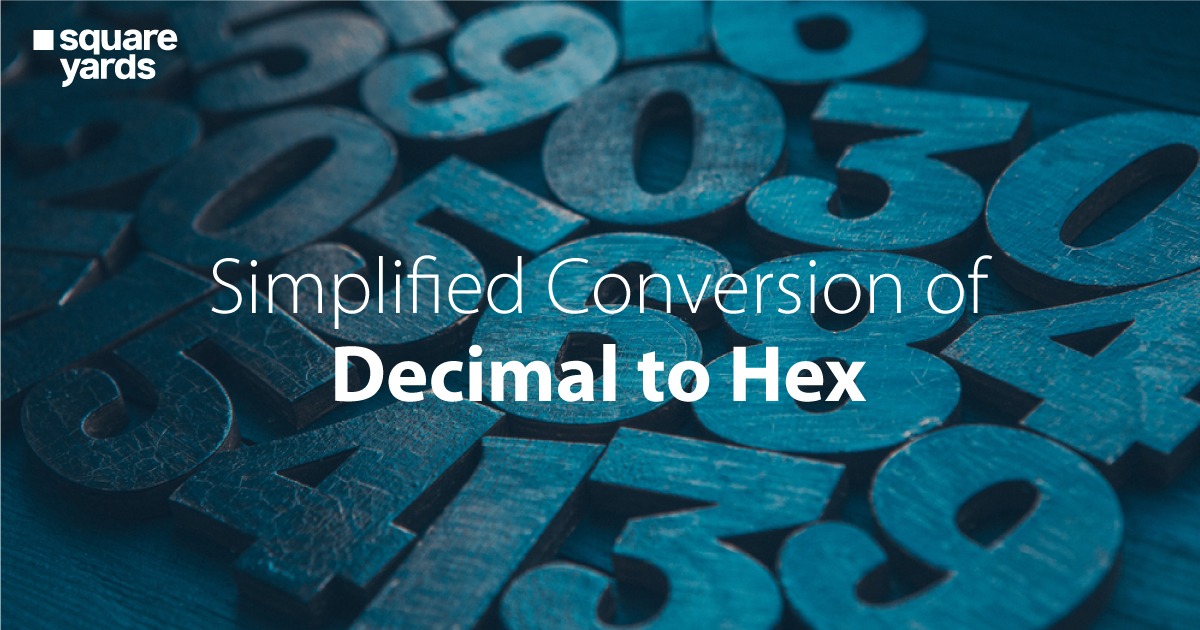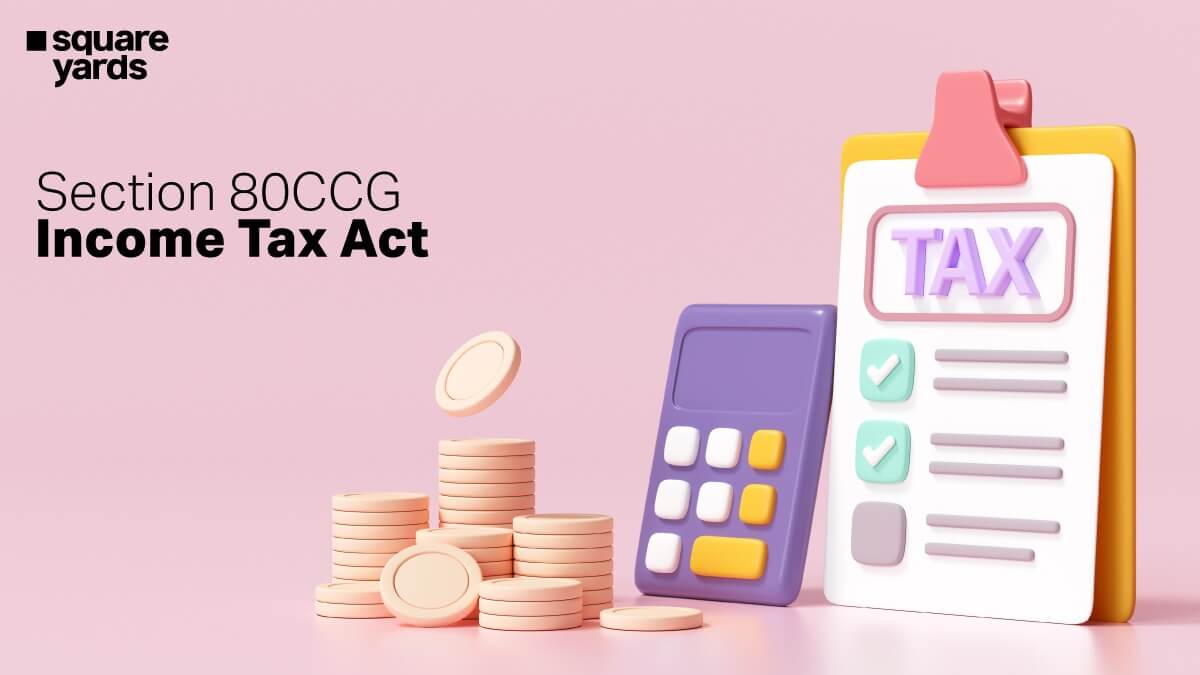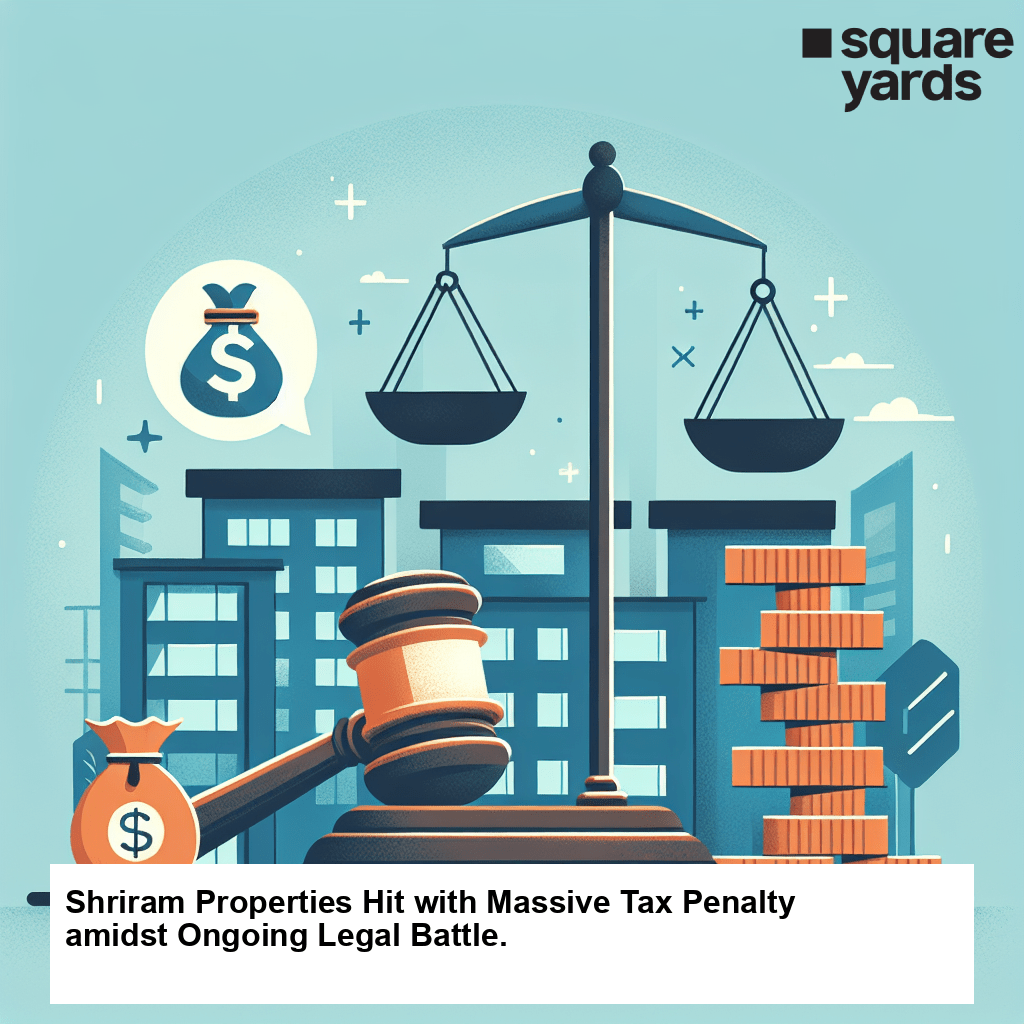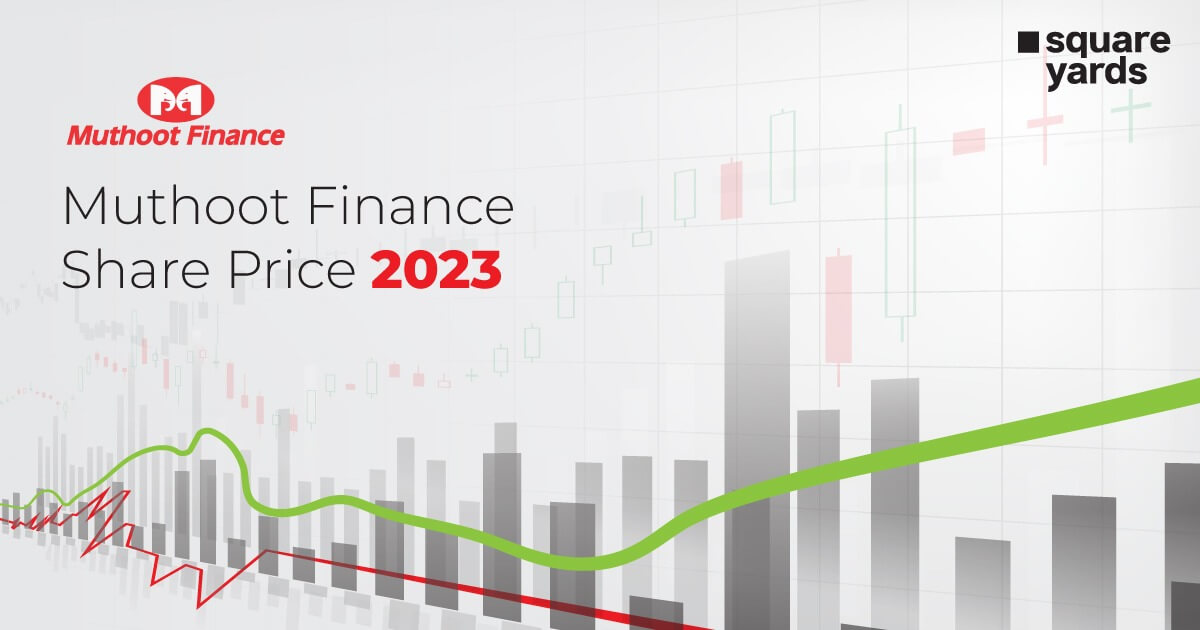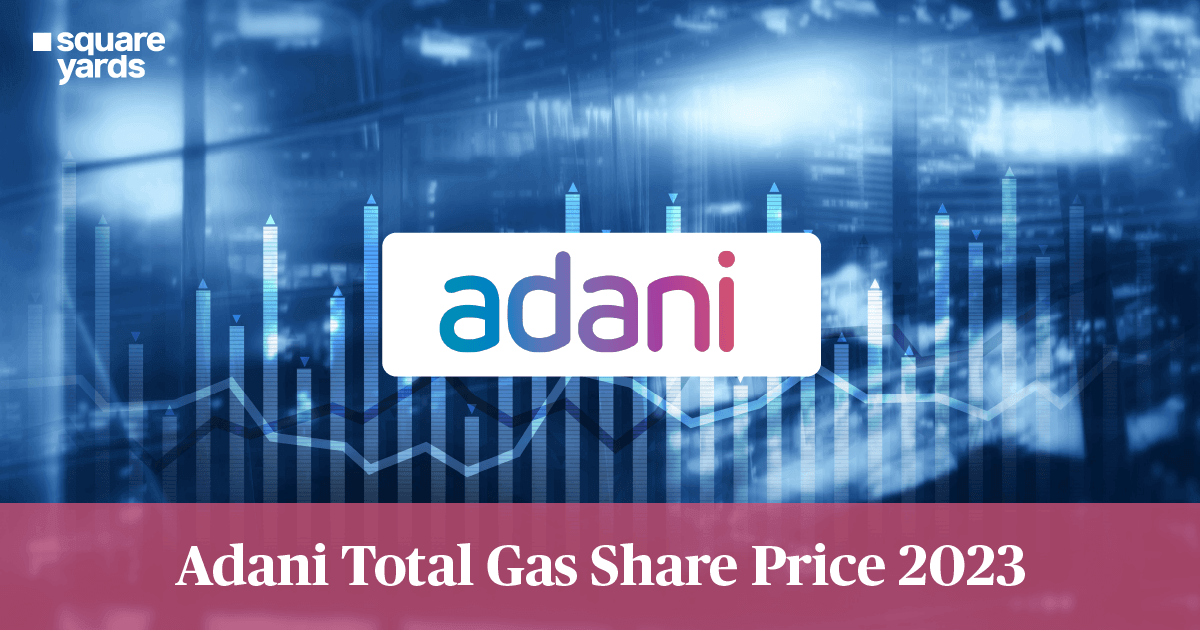Most of us have been hearing people telling us how important investing in mutual funds is. It is no doubt that they come bearing more profits and security, but what doesn’t come, including risks? It mainly includes understanding the market and figuring out your best bet while investing in any mutual fund. This elaborative layout would help you understand the same.
So, let’s begin with understanding what a mutual fund is, and moving ahead, we will discuss the best mutual funds to invest in.
Table of Contents
Understanding Mutual Funds
A mutual fund is an investment wreathe, which involves the investors reserving their money to get the returns on their invested capital over a particular period. These bundles of funds are handled by professionals known as fund managers or portfolio managers. After having a professional handle your funds, it’s their responsibility to invest them in various securities like stocks, gold, bonds, and other assets. This would, in turn, help them provide potential returns and profits. The profits or losses on the investment made are shared collectively by the investors, according to their portion of the contribution made in the funds.
A mutual fund is put together by an AMC (Asset Management Company) by putting in investments from various sources, including individual investors and institutions, to buy securities, including bonds and stocks.
The AMCs have assigned fund managers who help in managing the pooled investments. The assigned professionals come with a reliable and experienced background in managing portfolios. In other words, mutual funds amalgamate investments from different sources to invest their money in various securities like bonds and stocks.
Mutual fund investors are allotted different funding units corresponding to their investment section. These investors are legible to redeem or purchase funding units only at the NAV (Prevailing Net Asset Value)
The Net Asset Value of mutual funds is variable daily, depending upon the execution and the position of the fundamental assets. Mutual funds are well laid out by the Securities and Exchange Board of India (SEBI), making it an approachable and safer investment option. Not just that, but the investors can also expand their portfolios at a lower investment amount, which becomes a noticeable advantage while investing in mutual funds.
Top Mutual Funds to Invest in 2022
ICICI Prudential Technology Fund Direct Plan-Growth
● 5 yrs. returns – 34.4%
● 3 yrs. returns – 39.19%
● Minimum Investment – INR 5000
Longevity
● This fund includes the investment in shares of companies in the IT (Information Technology sector).
● It is advisable to avoid funds that restrict your bandwidth. Investment in Flexi-cap funds benefits complete freedom to the fund management team, hence yielding optimistic gains.
● If you decide to invest in this, make sure to proceed with the same through SIP.
Warning
If you anticipate redeeming or liquidating your investment in less than seven years, you should avoid investing in this or any technology sector fund.
TATA Digital India Direct Plan-Growth
● 5 yrs. returns – 35.27%
● 3 yrs. returns – 37.57%
● Minimum Investment – INR 5000
Tata Digital India’s growth is an excellent option within thematic technology mutual funds. Thematic technology mutual funds are suitable for people who anticipate an investment objective of a minimum of five years. This can be 10-15 years or longer as well.
This is also suitable for investors with advanced knowledge of macro trends and are selective about their returns compared to other equity funds. On the other hand, these investors should also be prepared to address the possibility of bearing losses in their investments, even if the market shows optimism now.
Aditya Birla Sun life CEF- Global Agri Plan- Growth-Direct Plan
● 5 yrs. returns – 9.46%
● 3 yrs. returns – 13.6%
● Minimum Investment – INR 1000
Benefits
- Steady Income offers a good channel for a stable income source.
- Safety
- Building up Wealth
- Strong Analytical Team
- Monthly Income: For people interested in investing in short term funds.
According to SEBI’s latest guidelines to estimate risk grades, investing in Aditya Birla Sun life CEF- Global Agri Plan- Growth-Direct Plan Fund comes under the very high-risk category.
Quant Absolute Fund Growth
● 5 yrs. returns – 20.09%
● 3 yrs. returns – 27.64%
● Minimum Investment – Rs. 5000
- The current Net Asset Value of this fund is Rs. 278.1470 (updated: 01.02.2022)
- This fund currently holds assets under the management of Rs. 106.4 (updated: October 31, 2021)
- The expense ratio of the fund is 2.48%.
- The given fund doesn’t come with any Exit Load.
This fund has continuously performed better than other funds.
Motilal Oswal Nasdaq 100 fund of the fund- Direct Plan-Growth
● 3 yrs. returns – 30.47%
● Lumpsum Minimum Investment – Rs. 5000
Motilal Oswal Nasdaq 100 fund of the fund- Direct Plan-Growth is an excellent option for all equity mutual funds.
IDFC Government Securities Fund- Constant Maturity Regular- Growth
● 5 yrs. returns – 9.56%
● 3 yrs. returns – 11.2%
● Minimum Investment – Rs. 5000
This fund comes with the investment motive of generating optimal returns, ensuring high liquidity and redeemable return rate by investing in government securities.
Risk
According to SEBI’s guidelines to estimate risk grades, investing in the IDFC Government Securities Fund- Constant Maturity Regular- Growth comes under moderate growth.
DSP Healthcare Fund-Direct-Growth
● 3 yrs. returns – 31.65%
● Minimum Investment – Rs. 500
Due to the nature of the fund, you can anticipate volatility in your investment over a short period. The fund is focused on S&P BSE Healthcare TR INR.
This has been rated as a three-fund in Equity, delivering 14.6% returns last year.
Who Should Invest in Mutual Funds?
Mutual funds are an investment option that everyone must consider at some point in their lives. Remember when our parents suggested that investing in mutual funds is one of the best and most practical ways to achieve your goals and lock your future? Yes, they were right, and we are here to tell you all the pros and cons and where to invest.
Every mutual fund plan comes with a particular objective to ace in their streams of investments. Hence, while moving ahead with investing in mutual funds, you must make sure about the objectives that are kept in line and the funds that are under consideration.
You can begin your investment journey with a small amount like Rs. 100 a month through a SIP. Investing in SIP can be one of the best investment types that you can go for. Offering the benefit of investing low amounts, in the beginning, SIP takes the lead with no other investment option offering the same.
There are other multiple investment plans that you can go for after consulting with a professional.
Every investment option comes with a risk on its side. No investment is entirely safe, including the deposits that are made. However, the risk involved can vary according to the fundamental assets and the type of mutual fund you prefer. Hence, the mutual fund scheme you are willing to invest in comes with risks, and the investor has to bear the same.
How to Select Top-Performing Mutual Funds?
The following parameters are to be considered while selecting the top-performing mutual funds:
Checking the Track Record of the Funds
Picking a mutual fund to invest in involves many steps to filter out the best option for you as the investor. The fund providing higher returns over the last three to five years would be categorised as a top-performing fund. An analysis can be drawn to determine the performance of the funds over the past few years, even when the markets were facing inevitable downfalls. It is evident that a top-performing fund’s performance is defiant of any market movements and does not guarantee any predictions related to future returns.
The Objective of the Investment
While making any sort of investment, the objective of the investment must have a clear insight. Any investment made should be carefully directed towards the goal you are aiming for. Once this analysis is made, one needs to understand the path, running parallel to the mutual fund scheme, leading to the expected result.
Mutual funds come with objectives, and so does our plans. Understanding and mapping the same, along with our goals, is one way that can help you pick out the best mutual fund scheme to invest in.
Checking the Expense Ratio
The expense ratio is the fee charged by the funding institutions that help you manage your investment. This ratio is expressed in terms of the fund’s returns percentages. A higher expense ratio reduces the returns of the investors. The expense ratio is a prominent pointer to consider when choosing a mutual fund plan. It is also deducted from the returns that the investor would be getting from investing. However, the funding institutions or the fund houses cannot charge more than the limit set by SEBI (Securities and Exchange Board of India).
Ensure consistency in the expense ratio and that you are being charged reasonably as per the expense ratio. It is essential to understand that if you are facing a crossroads situation with funds coming in with similar asset allocation and performance, you should go ahead with the one bearing a lower expense ratio.
The expense ratio of a mutual fund scheme must be justified with the returns provided. The frequent shuffling of the assets in a portfolio increases the cost of the investment (expense ratio), which also includes the cost of the fund manager. This, in turn, brings in higher costs of the transaction.
Checking Financial Ratios
It becomes essential to check the financial ratios (like alpha and beta) before deciding upon an investment or whether a fund is top- performing in its category.
With investment, risks and returns always go hand in hand. Returns are the rise in the lumpsum capital value that is invested. We all know that risk quotes the uncertainty that comes with any investment, which also addresses the probability of receiving negative or nil returns due to numerous factors. This leaves the investor understanding and assessing the return-risk potential, which helps in the analysis done by financial ratios.
Understanding the Sharpe and Alpha Ratios
Sharpe ratio: This ratio indicates the excess return that the fund results in while underlining the risks taken. This results in the funds with a higher Sharpe ratio being on the front row (compared to those with a lower Sharpe ratio).
The Alpha ratio: This addresses the other returns that the fund manager fabricates compared to the benchmark returns. It is important to note that the funds with a higher Alpha rate are considered better.
Advantages and Risks Involved While Investing in a Mutual Fund
Advantages
● Diversification– Broadening the bandwidth of your investment portfolio.
● Expert Money Management– These mutual funds are usually managed by a fund manager, which keeps the process secure and hassle-free.
● Tax-efficient– Helps you save Taxes or opt for tax-saving mutual funds. (Under the 80C section of the Income Tax Act of 1961).
● Redeemable anytime– Most mutual funds provide the freedom to redeem the mutual fund units anytime they want.
● Well-regulated– The whole investment process becomes safer because they are listed under the Securities and Exchange Board of India (SEBI) and the Reserve Bank of India (RBI). Apart from these, the self-sustainable AMFI (Association of Mutual Funds in India) is formed via these fund houses and takes note of these fund plans.
Risks Involved
● Interest Rate Risk: The fluctuating interest rates bring in more risks.
● Credit risk: This risk involves the incompetence of a person to pay the interest that was allotted during the issuing of the security.
● Liquidity Risk: This risk quotes the difficulty in terminating the hold of any security that is bearing the loss.
● Concentration Risk: This risk lays focus on a particular company, which is not advisable.
● Market risk: This risk can result in losses when the market doesn’t perform as anticipated. This can be due to various factors, including any viral outbreaks, political unrest, natural disasters, etc.
How to Invest in Mutual Funds?
Nowadays, investing in mutual funds have become effortless and more manageable. This can also be done from the comfort of your home. These are the steps you can follow as the first step towards your investment journey:
- Sign up for a mutual fund account.
- Complete your KYC formalities.
- Enter all the necessary details.
- Underline the funds you wish to invest in based on your financial benchmarks.
- Select the fund and transfer the required amount.
- You can also coordinate with your bank to invest in a SIP every month.
Conclusion
Maintaining and building your investment portfolio is one of the most important factors if you are willing to secure your future with financial stability. To make a personable investment portfolio, you need to understand and abide by good investment opportunities and schemes. The above listed are the beneficial mutual funds to invest in, which would help you yield more profit.




























